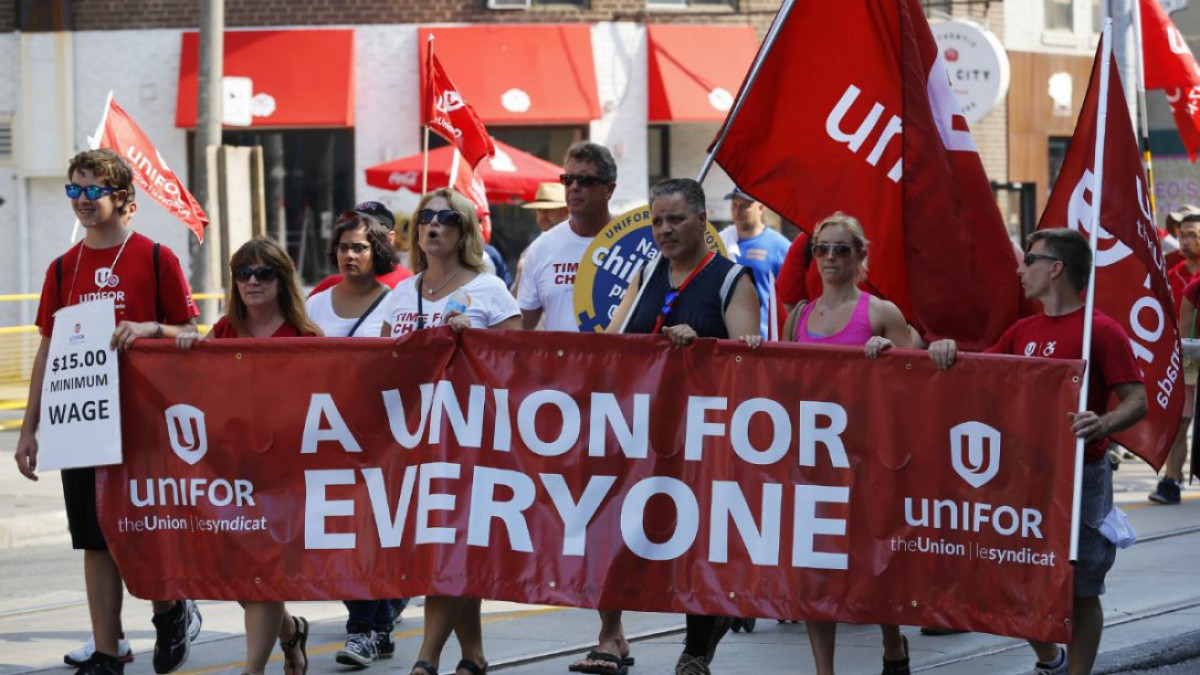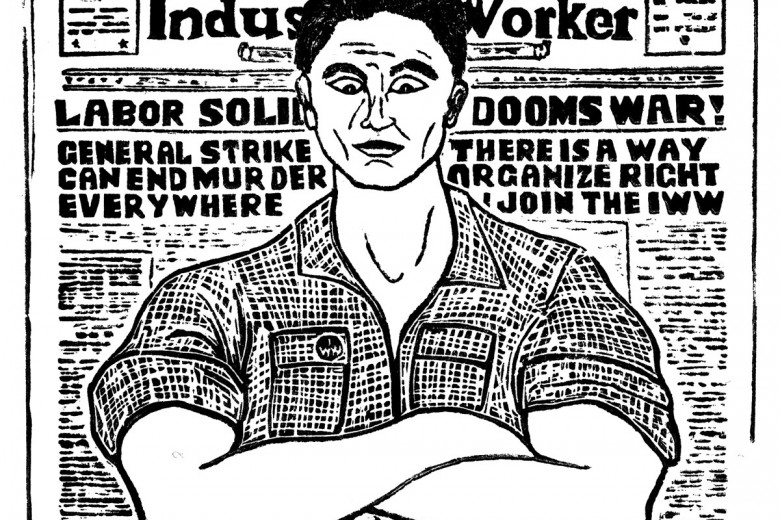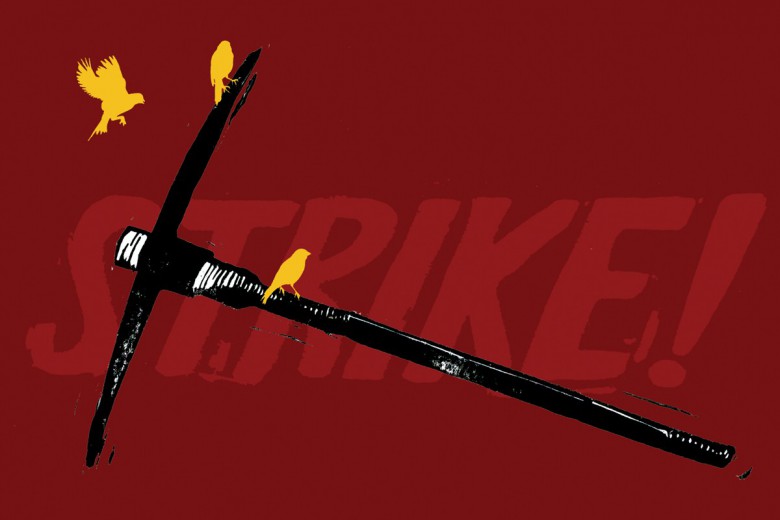Unifor, Canada’s largest private sector union, announced on January 17, 2018, that it is leaving the Canadian Labour Congress (CLC), effective immediately, after the union’s national executive board unanimously approved the decision a day earlier. Unifor makes up roughly 10 per cent of the CLC’s affiliated membership and provides millions in annual dues to the country’s largest labour federation. The move has shocked many, not least because the CLC’s President, Hassan Yussuff, is himself a member of Unifor. The union’s decision to leave the CLC will definitely shake things up in the Canadian labour movement.
What’s behind the split?
There are multiple factors at play. Unifor is a major power broker in the Canadian labour movement, arguably more powerful than the CLC itself. As an umbrella organization, the CLC is designed to unite workers across unions, but many CLC affiliates, Unifor included, actually have much more staff, resources, and political power than the congress to which they belong. When union leaders disagree with a decision or the direction of an umbrella labour organization, they often try to broker compromises or simply dissent through non-participation in CLC-led campaigns in order to keep the peace. Other times, disputes boil over and affiliates walk away in protest.
Unifor has caused waves at the CLC in recent years. In 2017, an alleged attempt by Unifor to induce members of the Amalgamated Transit Union Local 113, representing Toronto Transit Commission workers, to defect and join Unifor raised the ire of transit union members and their US-based parent union, which accused Unifor of colluding with the renegade president of Local 113 to raid the ATU’s largest Canadian local. Local 113’s president resigned amid the controversy and ATU members decided to stay put.
Many unions were unhappy with the way the CLC handled the situation as the arbiter of disputes between affiliates. For its part, Unifor has expressed disappointment with the way the congress has applied and interpreted Article 4 of the CLC Constitution – the provision that governs disputes between affiliates and provides for a pathway for workers to switch unions. Specifically, Unifor’s president, Jerry Dias, has argued that the CLC’s interpretation of Article 4 does not adequately protect the right of workers to democratically choose to switch unions.
More recently, UNITE HERE, an international union representing hotel and hospitality workers across North America, has moved to place into trusteeship its Toronto local. The leadership of UNITE HERE Local 75 in Toronto has fiercely resisted this move and is rumoured to be actively working with Unifor to disaffiliate from its international union and join Unifor.
This latest attempt to shift members from one union to another, however, could again be frustrated by Article 4 of the CLC Constitution. Unifor’s disaffiliation from the CLC, however, means it will be able to raid other unions, like UNITE HERE, without fear of reprisal or sanction from the CLC.
Unifor has long been a critic of international unions and has a history of providing a home for discontented Canadian sections of international unions concerned about their lack of autonomy. Unifor’s critics, however, argue that the union’s appeals to nationalism and democracy have been selectively applied, and have ultimately served to undermine unity and solidarity in the labour movement.
What happens now?
The split will have consequences. While disaffiliation from the CLC gives Unifor the freedom to raid without fear of reprisal from the congress, it conversely gives remaining CLC affiliates the right to raid Unifor locals. This may set up an organizing war between unions.
Moreover, CLC President Hassan Yussuff and several provincial federation of labour presidents are Unifor members. Their union’s decision to leave the CLC may have implications for their ability to continue serving in their elected roles. When the CLC expelled Unifor’s predecessor union, the Canadian Auto Workers Union, in 2000 over a raiding dispute involving the Service Employees International Union (SEIU), sanctions included barring the union from provincial federations of labour and community-based labour councils. This directive was upheld everywhere but in Quebec.
Many rank-and-file labour movement activists fear that divisions at the top of their unions will mean that active campaigns will lose momentum.
Article 14 of the CLC Constitution states that “an officer must be a member of an affiliate or chartered body” and Article 10 of that constitution states, “If the office of the president becomes vacant, the secretary-treasurer performs the president’s duties until a successor is elected.” This means that Marie Clarke Walker of the Canadian Union of Public Employees is poised to take over the presidency of the CLC if Yussuff is forced to resign as a result of these constitutional requirements. Of course, the CLC’s interpretation and application of its own rules is at the very heart of the current CLC-Unifor split, so it is unclear if these provisions will be applied in a way that will force Unifor members from office in umbrella labour organizations.
Is quick resolution possible?
Many rank-and-file labour movement activists are unhappy about the split, fearing that divisions at the top of their unions will mean that active campaigns around minimum-wage increases and universal pharamcare will lose momentum due to internal fighting. They fear these divisions will weaken labour’s political efforts by focusing unions’ attention on one another rather than on bad bosses and anti-union politicians. Canada’s largest union, the Canadian Union of Public Employees (CUPE), has already signalled a desire to mend fences quickly in the name of solidarity and unity.
However, mending fences without dealing with the root problem of the disaffiliation no doubt means the CLC will set itself up for similar destructive showdowns with individual affiliates in the years to come. That’s hardly a recipe for union power moving forward.







